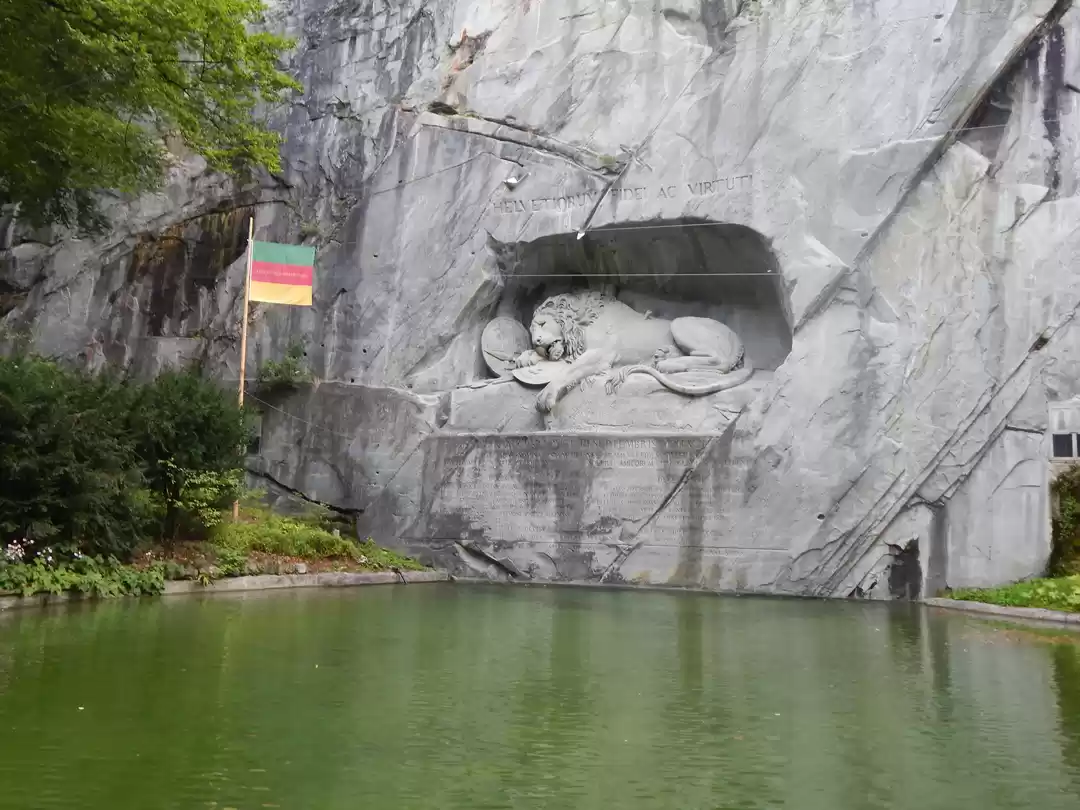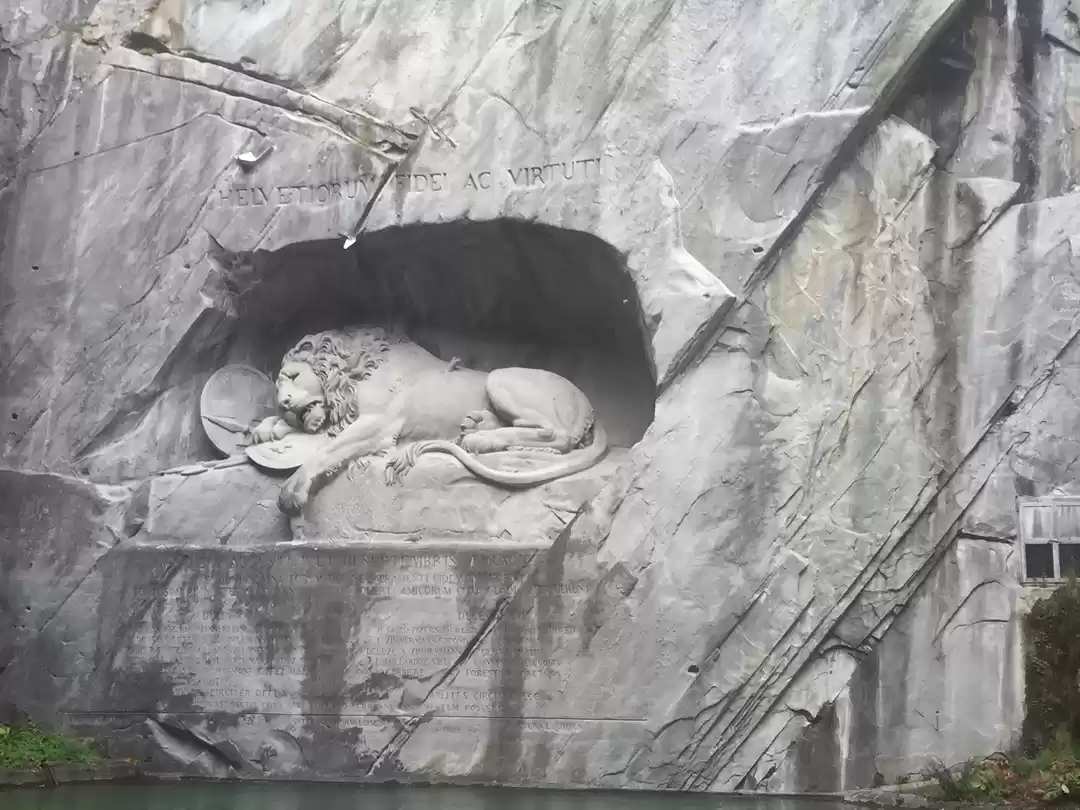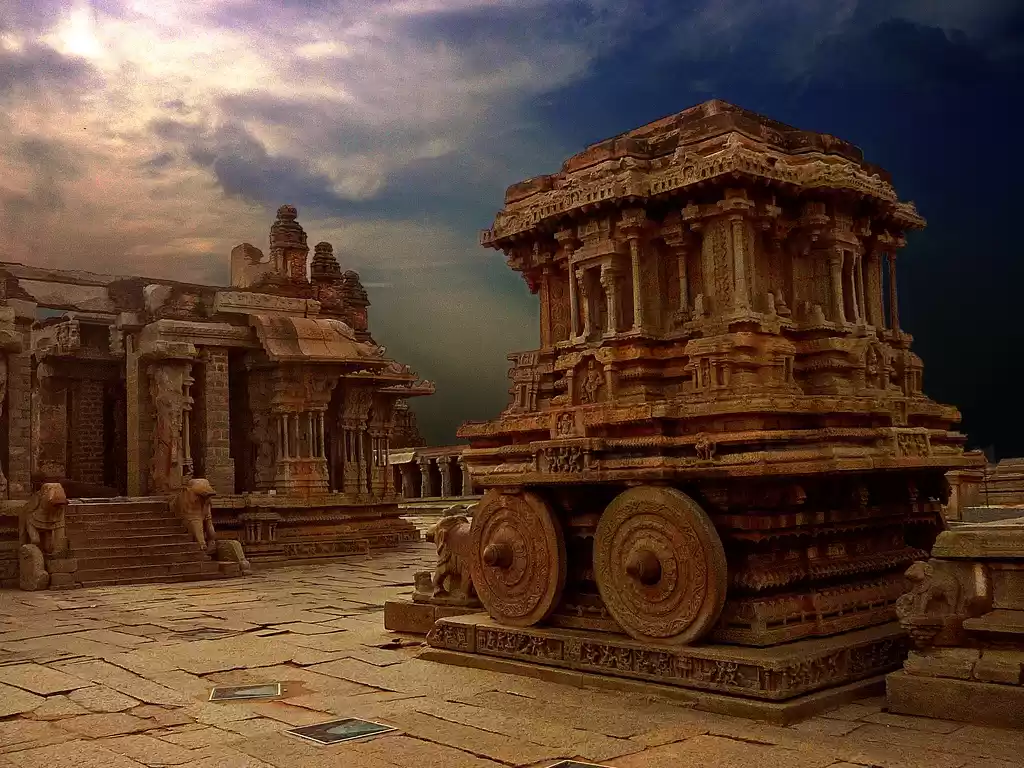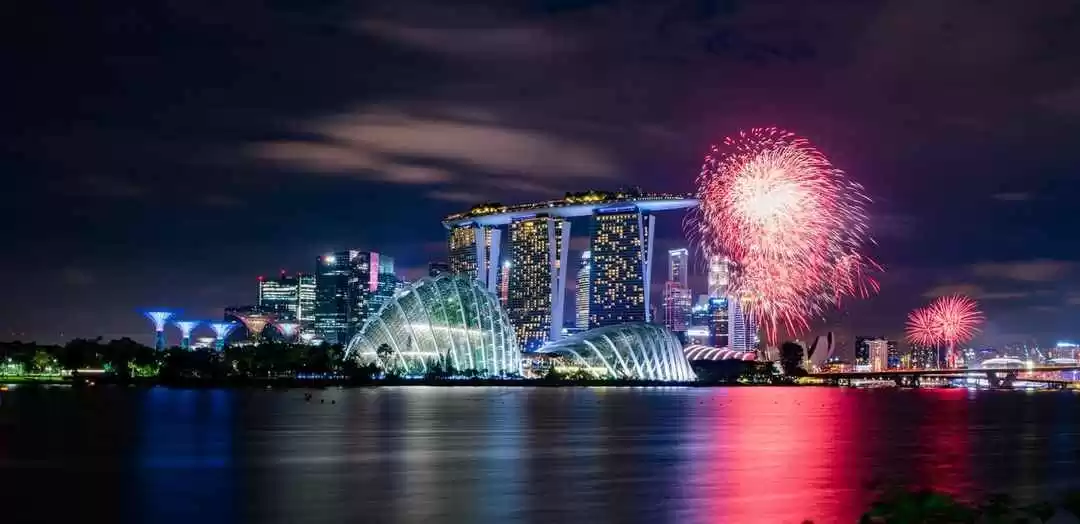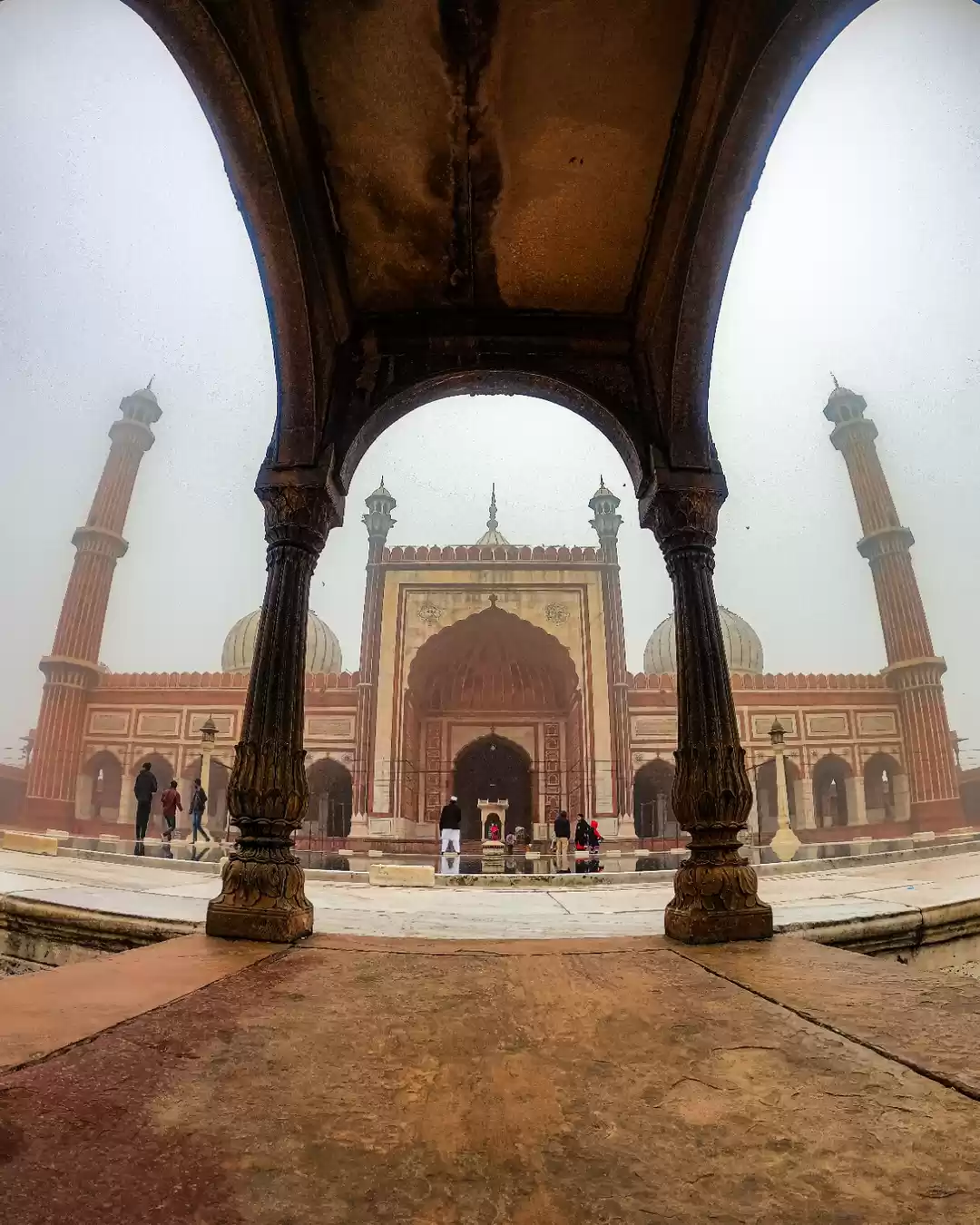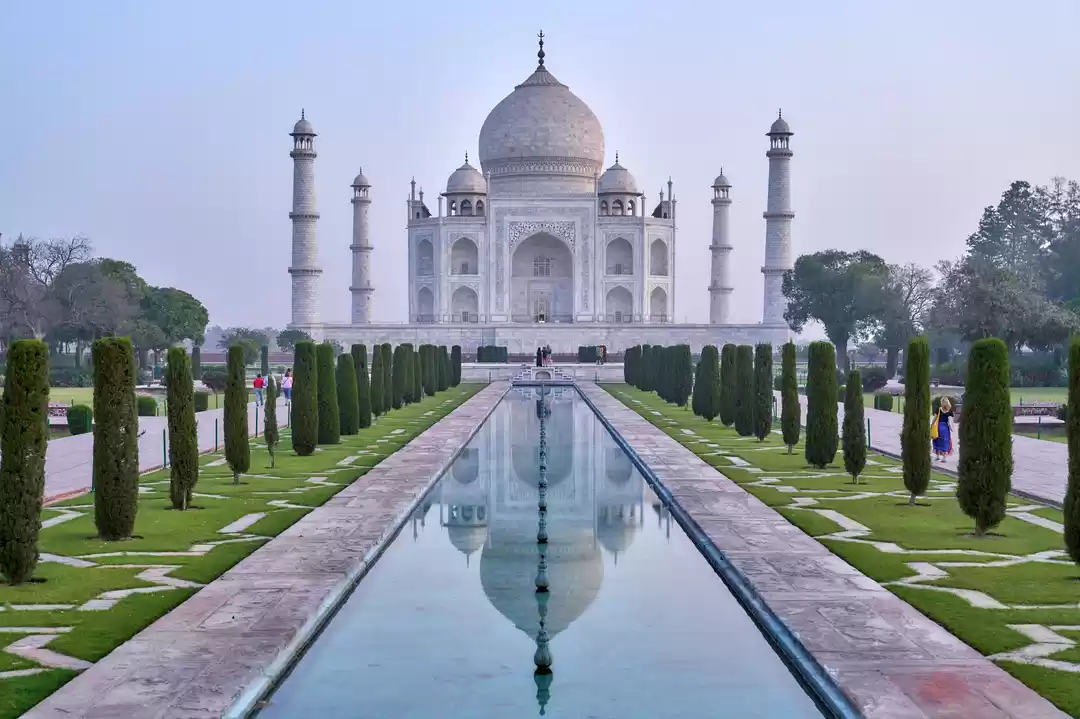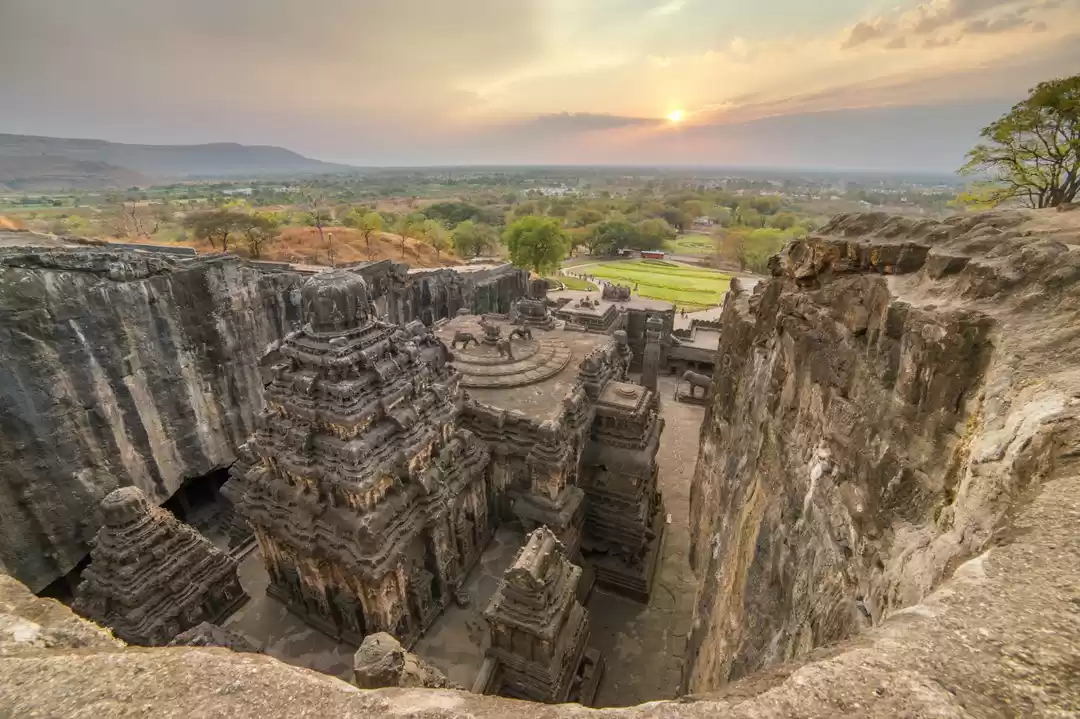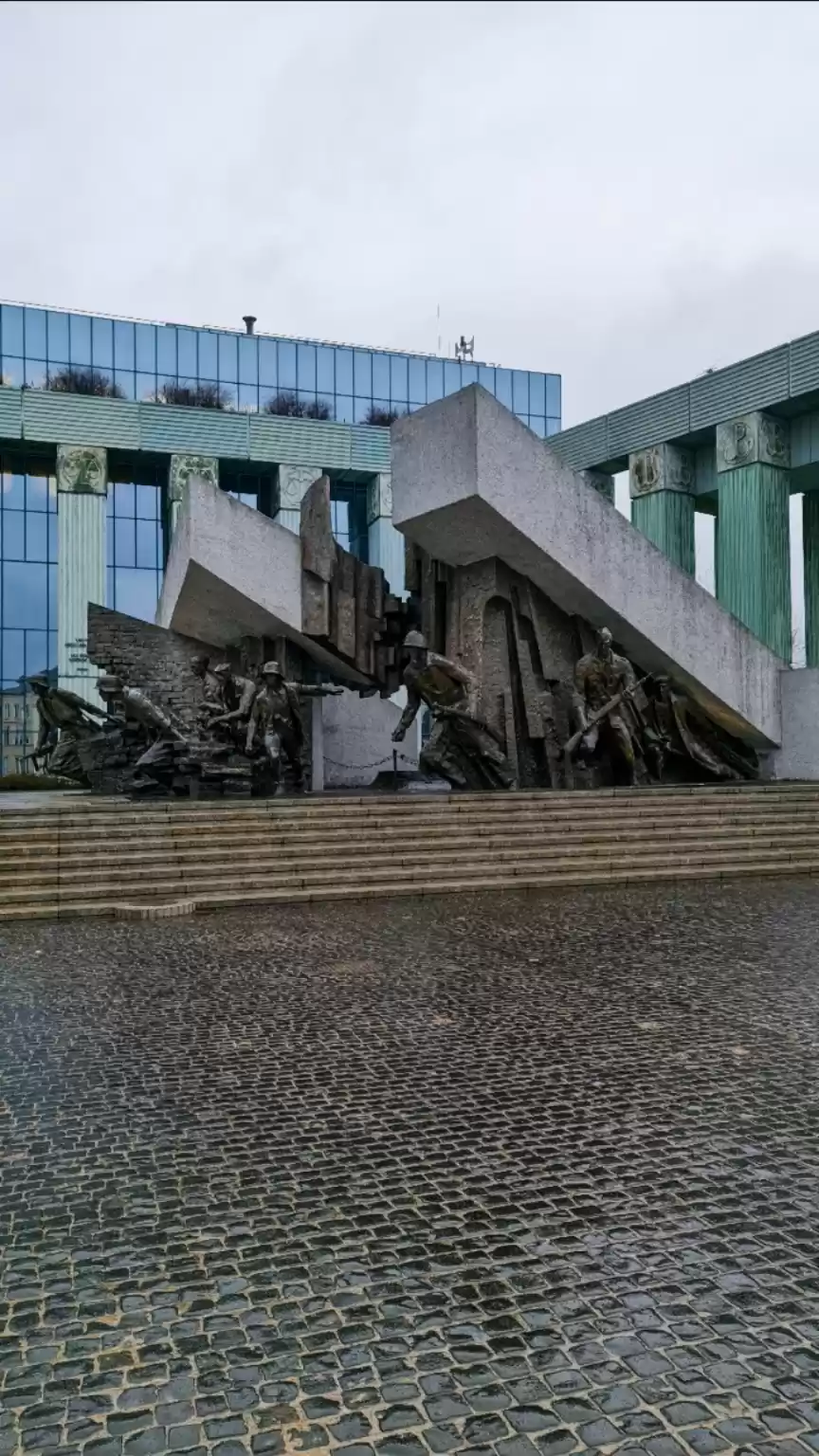Have you ever seen a lion cry? If not, you might want to visit the Lion Monument, Lucerna, a stunning sculpture that depicts a dying lion with a tear in its eye. The monument is not only a masterpiece of art, but also a symbol of history, politics, and culture. It commemorates the Swiss Guards who sacrificed their lives during the French Revolution in 1792, and has been praised by many as one of the most moving and powerful monuments in the world.
Whether you are a history buff, an art lover, or a curious traveler, you will find something to interest and inspire you at the Lion Monument, Lucerna. Read on to learn more about this amazing attraction and how to make the most of your visit.
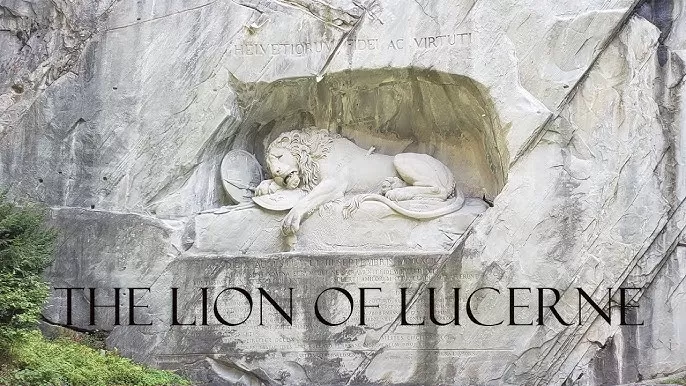
History and Origin of the Monument
The Lion Monument, Lucerna, was created in 1820 by the Danish sculptor Bertel Thorvaldsen, who was commissioned by a Swiss officer named Carl Pfyffer von Altishofen. Pfyffer wanted to honor his fellow Swiss Guards who died defending the Tuileries Palace in Paris during the French Revolution. On August 10, 1792, a mob of revolutionaries stormed the palace and killed more than 600 of the 800 Swiss Guards who were loyal to King Louis XVI and his family. The surviving guards were either executed or imprisoned.
The monument depicts a wounded lion lying on a rocky ledge, with a broken spear in its back and a shield bearing the coat of arms of France. The lion represents the courage and loyalty of the Swiss Guards, while the spear and the shield symbolize their fate and their allegiance. The inscription below the sculpture reads "Helvetiorum Fidei ac Virtuti", which means "To the loyalty and bravery of the Swiss".
The monument is carved out of a sandstone wall in a small park near the center of Lucerne. The park was formerly a quarry, and the wall was chosen by Pfyffer as the ideal location for the monument. The sculpture measures 10 meters in length and 6 meters in height, and is considered one of the largest and most impressive monuments of its kind.
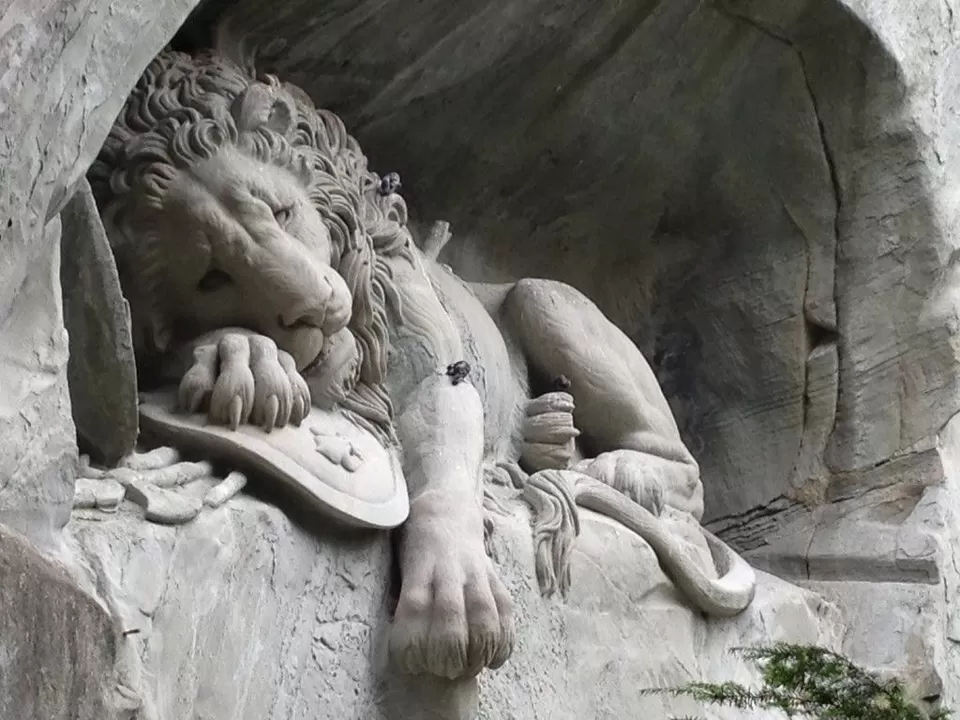
Political and Ideological Implications of the Monument
The Lion Monument, Lucerna, is not only a historical memorial, but also a political and ideological statement. It reflects the complex and controversial relationship between Switzerland and France, as well as the different views and opinions on the French Revolution and its aftermath.
On one hand, the monument expresses the pride and patriotism of the Swiss people, who have a long tradition of serving as mercenaries and guards for foreign powers. The monument also celebrates the values of loyalty, bravery, sacrifice, and martyrdom, which are central to the Swiss identity and culture.
On the other hand, the monument also raises questions and criticisms about the role and responsibility of the Swiss Guards, who were seen by some as traitors and oppressors of the French people. The monument also challenges the ideals and goals of the French Revolution, which aimed to overthrow the monarchy and establish a republic based on liberty, equality, and fraternity.
The monument has been the subject of debate and controversy among historians, politicians, journalists, tourists, and locals, who have different perspectives and interpretations of the monument and its meaning. Some see it as a tribute to the heroes of the Swiss nation, while others see it as a reminder of the horrors of the French Revolution. Some admire it as a masterpiece of art, while others criticize it as a propaganda tool. Some visit it as a popular attraction, while others ignore it as a irrelevant relic.
The monument invites you to form your own opinion and to explore the history and context of the monument and its commemoration. It also encourages you to reflect on the current and future challenges and opportunities for Switzerland and France, as well as for Europe and the world.

Artistic and Aesthetic Aspects of the Monument
The Lion Monument, Lucerna, is not only a political and ideological statement, but also a artistic and aesthetic masterpiece. It showcases the talent and skill of the sculptor Bertel Thorvaldsen, who was one of the most renowned and influential artists of his time. Thorvaldsen was inspired by the classical and romantic styles of art, and combined them to create a realistic and expressive representation of the lion and its emotions. The monument is widely regarded as one of the most beautiful and touching sculptures ever made, and has been admired by many famous figures, such as Mark Twain, Leo Tolstoy, and Queen Victoria.
- The monument also blends harmoniously with its natural surroundings, creating a contrast and a connection between the artificial and the organic, the human and the animal, the life and the death. The monument is located in a peaceful and secluded park, surrounded by trees, flowers, and a pond. The park also features a rocky grotto, a mirror maze, a giant's kettles, a museum, and an alpine park, which add to the charm and diversity of the place.
- The monument invites you to appreciate the beauty and the artistry of the sculpture and its sculptor, and to explore the artistic and cultural influences and references of the monument. It also encourages you to enjoy the scenery and the atmosphere of the park, and to discover the other attractions and activities that it offers.

Cultural and Emotional Impact of the Monument
- The Lion Monument, Lucerna, is not only a artistic and aesthetic masterpiece, but also a cultural and emotional phenomenon. It has a profound and lasting impact on the visitors and the locals, who have different reactions and feelings towards the monument and its message.
- The monument evokes a range of emotions, such as sadness, pity, admiration, respect, anger, or indifference, depending on the personal and cultural background and perspective of the viewer. The monument also inspires curiosity, interest, and learning, as it stimulates the imagination and the intellect of the viewer. The monument also creates a sense of connection and belonging, as it fosters a dialogue and a community among the viewers, who share their experiences and opinions with each other.
- The monument has become a cultural icon and a popular attraction of Lucerne and Switzerland, attracting millions of visitors every year. The monument has also been featured and referenced in various media and art forms, such as literature, music, film, and photography. The monument has also influenced and inspired other artists and monuments, such as the Statue of Liberty in New York, which was designed by a French sculptor who was a friend of Thorvaldsen.
- The monument invites you to feel and express your emotions and thoughts about the monument and its message, and to respect and understand the emotions and thoughts of others. It also invites you to learn and discover more about the monument and its context, and to appreciate and enjoy the culture and the art of Lucerne and Switzerland.
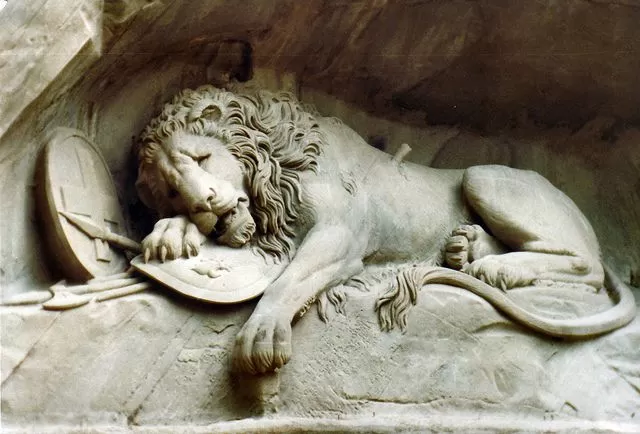
- Practical Information for Visitors
- If you are planning to visit the Lion Monument, Lucerna, here are some practical information and tips that will help you make the most of your trip:
- The monument is open to the public all year round, and is free of charge. However, there may be a small fee for some of the attractions and activities in the park, such as the mirror maze, the giant's kettles, the museum, and the alpine park.
- The best time to visit the monument is in the morning or in the evening, when the light and the shadows create a dramatic and beautiful effect on the sculpture and the wall. The monument is also less crowded during these times, which allows you to enjoy the monument and the park more peacefully and comfortably.
- The monument is located in a small park near the center of Lucerne, and is easily accessible by foot, bike, bus, or car. The park is also close to other sights and attractions in Lucerne, such as the Chapel Bridge, the Old Town, the Lake Lucerne, and the Musegg Wall, which you can visit before or after the monument.
- The monument is suitable for all types of travelers, such as families, solo travelers, couples, groups, and their interests and search intentions. Whether you are looking for history, art, culture, nature, or fun, you will find something to suit your taste and preference at the monument and the park.

- Other Attractions and Activities near the Monument
- If you are looking for more things to do and see near the Lion Monument, Lucerna, here are some suggestions that will enrich your experience and make your trip more memorable:
- Visit the Glacier Garden, a natural and cultural museum that showcases the geological and historical wonders of Lucerne and Switzerland. You can see the giant's kettles, which are huge holes in the rocks formed by glaciers, the mirror maze, which is a fun and challenging labyrinth of mirrors, and the alpine park, which is a beautiful and relaxing garden with a view of the mountains.
- Visit the Bourbaki Panorama, a circular painting that depicts the retreat of the French army into Switzerland during the Franco-Prussian War in 1871. The painting is one of the few surviving examples of the panorama art form, which was popular in the 19th century. The painting is accompanied by a multimedia exhibition that explains the historical and artistic context of the painting and its relation to the Lion Monument.
- Visit the Hofkirche, a Gothic and Renaissance church that is the main cathedral of Lucerne. The church is famous for its twin towers, its richly decorated interior, and its organ, which is one of the largest and oldest in Switzerland. The church also hosts regular concerts and events that showcase the musical and cultural heritage of Lucerne and Switzerland.
- Visit the Lucerne Culture and Congress Centre, a modern and elegant building that hosts various cultural and social events, such as concerts, exhibitions, conferences, and festivals. The building is designed by the renowned French architect Jean Nouvel, and features a stunning glass facade that reflects the lake and the mountains. The building is also home to the Lucerne Symphony Orchestra, the Lucerne Festival, and the Kunstmuseum Lucerne, which is the art museum of Lucerne.

Conclusion
The Lion Monument, Lucerna is a unique and fascinating attraction that will captivate and inspire you with its history, significance, controversy, and beauty. The monument is also a great starting point to explore and discover the other attractions and activities that Lucerne and Switzerland have to offer. So, what are you waiting for? Book your trip to the Lion Monument, Lucerna, today and experience the magic and the wonder of this amazing place.









